
Developer: Alim
Publisher: Square Enix
Platform: Switch, PS4, PC
Tested on: Switch
Voice of Cards: The Beasts of Burden – Review
It hasn’t even been a full year since the first Voice of Cards game, The Isle Dragon Roars, debuted, but we’re already looking at the third entry in Yoko Taro’s ‘JRPG-meets-tabletop card game’ crossover series. We’d question the pace at which Voice of Cards games are released but given that neither The Isle Dragon Roars nor its successor, The Forsaken Maiden, felt rushed, and that we absolutely loved what the previous two titles had to offer, we were more than eager to delve into this new entry. Can The Beasts of Burden keep up this winning streak?
Story
Once again, we’re whisked away to a different corner of the Voice of Cards universe, where a new pair of protagonists and a standalone story await us. Like in the previous games, the story is told by the game master and presented as if you’re playing a tabletop RPG campaign. This time around we follow Al’e, a young girl who lives in an underground village, deep inside a system of caves. On her fourteenth birthday, the village is attacked by monsters. Al’e is able to escape thanks to the aid of a mysterious boy. Sadly, the village is completely destroyed, leaving our heroine as the sole survivor. Having lost everyone and everything, Al’e vows revenge on the monsters, something which the boy that saved her is more than happy to aid her with. Unbeknownst to Al’e, her thirst for revenge puts her on a path that might just throw her more than she can handle, and her new companion might have an agenda of his own….
The Beasts of Burden takes on a very different tone, feeling significantly darker and more dramatic than either of its predecessors. The story trades a sense of wonder for emotional deep cuts that linger with you. While this approach definitely has its merits, we slightly preferred the more light-hearted tone from The Isle Dragon Roars. The story for The Beasts of Burden is well-written, with likable characters. However, what you’re getting here is a coming-of-age revenge story, rather than a fun quest. We definitely understand the release order of the three titles, because although neither one of the previous titles ties into this story directly, you won’t really understand the emotional significance of Al’e’s quest without having it juxtaposed against the previous tales from the same world.
Graphics
There isn’t a whole lot that we can say about The Beasts of Burden’s visuals that we haven’t said when we looked at previous titles in the series, because the graphics are identical to the ones from those games. Apart from key character designs, most assets are simply reused, from the illustrations on NPC and enemy cards to the “tile” cards that make up the environments. We’re not complaining because we absolutely adore Voice of Cards’ art direction, but there is only so much we can say about the graphics. It does of course tie into the whole tabletop game aesthetic, as we mentioned earlier in our The Forsaken Maiden review: the idea is that each game in the series is a different campaign using the same system, just like in real-life tabletop RPGs like Dungeons & Dragons. Now, there is one visual aspect of Voice of Cards that we haven’t really gotten into when we talked about the previous two games and that is DLC. All three of the games actually offer additional paid content in the form of cosmetics, such as alternate card backs or different dice. While we can’t really complain about the existence of purely cosmetic items as these don’t affect gameplay, we do feel that these felt a little overpriced compared to the cost of the base game.
Sound
Further cementing the deliberate “same system, different game master” approach is the introduction of yet another voice actor -or actress in this case- as the GM/narrator. The honor goes to Carin Gilfry this time, perhaps best known as the voice of Warframe’s Cephalon Vol. As the GM here, she voices all the characters of course. Gilfry does a great job with that, but our favorite parts of her performance were the “out of character” comments that she makes during the game. If you land a critical hit, she’ll compliment you on it. There were also random moments where she coughed and excused herself for having a dry throat, for example. Small touches like this really added another layer of immersion to Voice of Cards. Just like with the graphics, we don’t have a whole lot to say about the rest of the soundscape though, as music sticks close to the atmosphere of the previous games and sound effects are again recycled.
Gameplay
We suspect that the majority of the time that crept into Voice of Cards’ development went into creating a solid framework that can quickly be adapted to fit whatever story that Yoko Taro and his crew want to tell, as The Beasts of Burden is pretty much identical to its predecessors in terms of gameplay. There are a couple of minor changes to the formula -and we’ll get into those, of course- but if you’ve played either of the two previous titles, you’ll instantly feel in familiar territory. For those that haven’t though, a quick recap: the Voice of Cards games are in essence JRPG games stylized as if you’re playing a tabletop game, using dice, cards, and tokens. Playing in the overworld involves moving a pawn around a map that is made out of several cards that are flipped over as you move towards them. The majority of these cards will simply reveal the surrounding area, but you’ll run into the occasional random event, treasure chest, or monster encounter. Naturally, there is also a combat system, and this is where Voice of Cards truly comes into its own -and this is especially so in The Beasts of Burden, which introduces an excellent new mechanic here.
For the most part, the combat system feels familiar: you take control of a handful of characters, which you equip with their own set of cards that represent their attacks. On a character’s turn, you play one of these cards as an action. Basic actions are free but more powerful cards require gems to play. These gems are automatically generated at a fairly slow pace, though some character actions can generate extra ones. There’s also a rudimentary elemental system in place, with super effective attacks against certain elemental types and less effective attacks against others.
The twist in The Beasts of Burden is that the characters here don’t actually possess powerful attacks of their own -instead, you’ll be able to collect enemy monsters on your journey and harness their power. Now, we should clarify that this isn’t a Pokémon-like situation: the monsters you obtain take on the form of attack cards rather than enter the battlefield themselves. Instead, they’ll typically provide additional effects or buff the attack of your heroes, and everything is still calculated based on a hero’s stats. The monsters aren’t tied to a particular character and you can mix and match freely with the characters in your party, opening up a whole bunch of new strategies. There are a handful of bosses that you can recruit too, and these are incredibly powerful but also require a significant amount of gems before you can use their attack.
We felt like these additions to what was already a fantastic combat system really pushed things to the next level and The Beasts of Burden is our favorite title of the three in terms of pure gameplay. There is one very minor thing that we would have changed, however, and that is that there is no possibility to skip the tutorial. We understand that each of the Voice of Cards titles is intended to be a standalone game, of course, and that new players should simply be able to pick up either of them in any order (although we recommend release order), but we think it wouldn’t have been too much of an effort to include an option to indicate that you’re already familiar with the core mechanics. After all, we’ve been through the explanation three times now in less than a year!
Conclusion
We’re not sure whether or not The Beasts of Burden is the closing part of a trilogy, or if more Voice of Cards titles are on the way, but we simply can’t get enough of this fantastic series. The Beasts of Burden feels familiar yet different, building on the foundation of the combat system we’ve come to know and love in the last year. If this were the ending to the series, we’d be happy with it, and we absolutely recommend checking out the series. Whether or not The Beasts of Burden is the best entry point is something that’s up for debate, however.
Voice of Cards: The Beasts of Burden - Review,
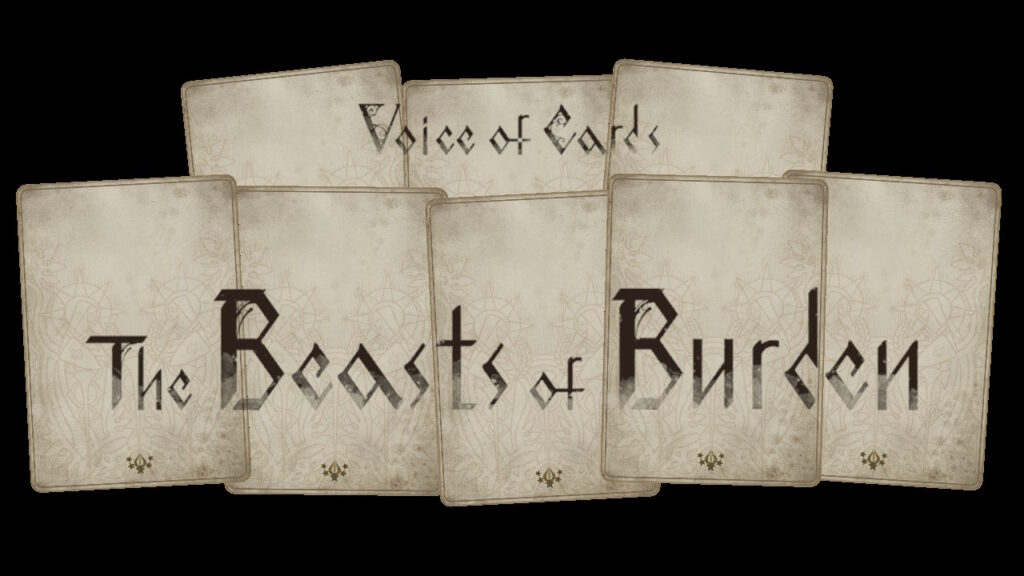
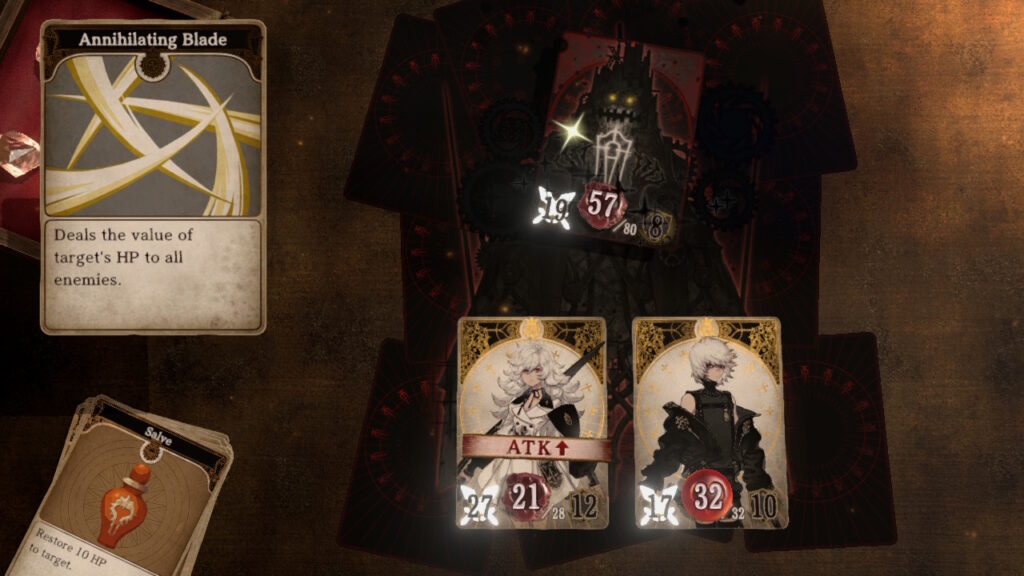
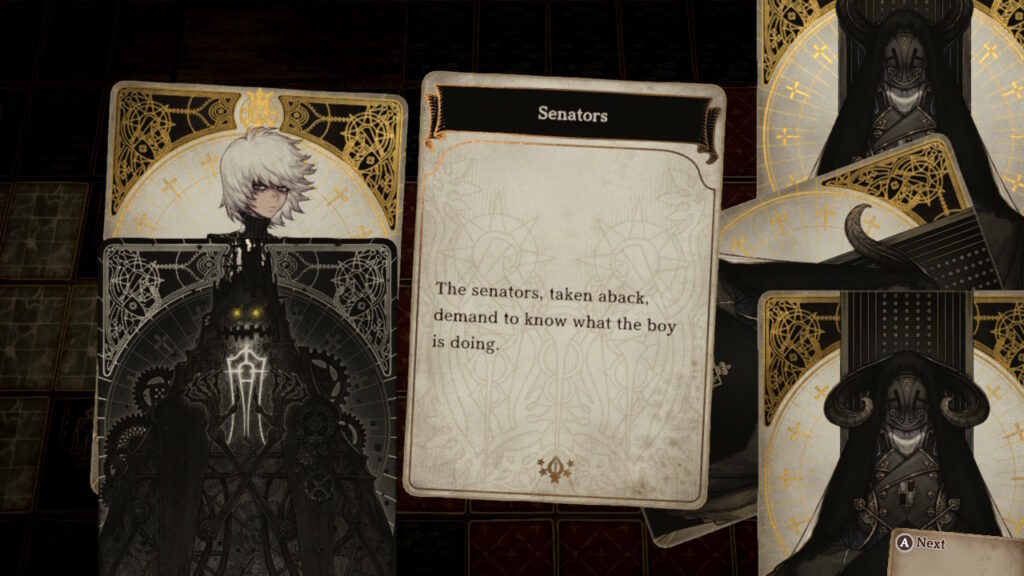
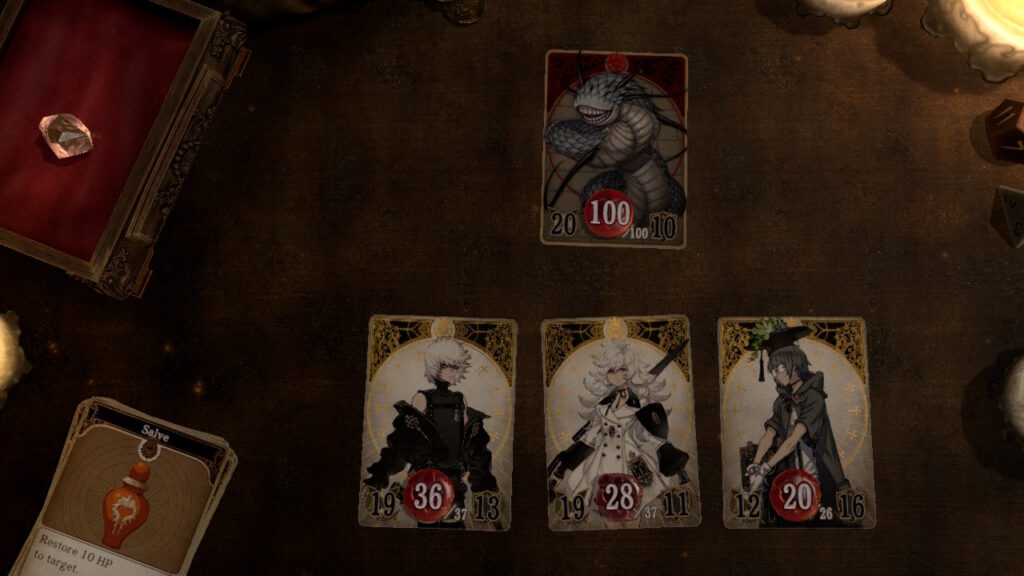
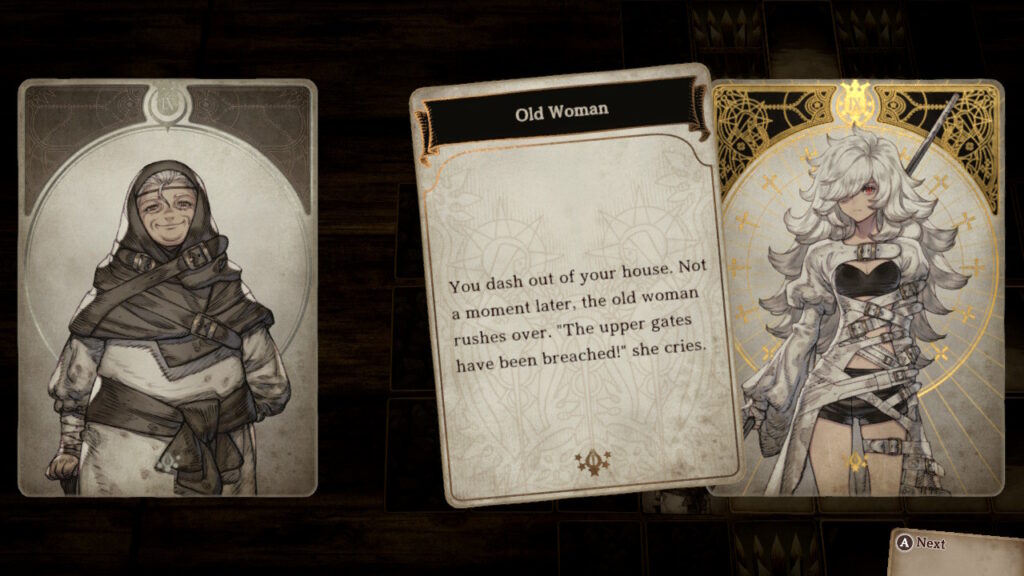




No Comments